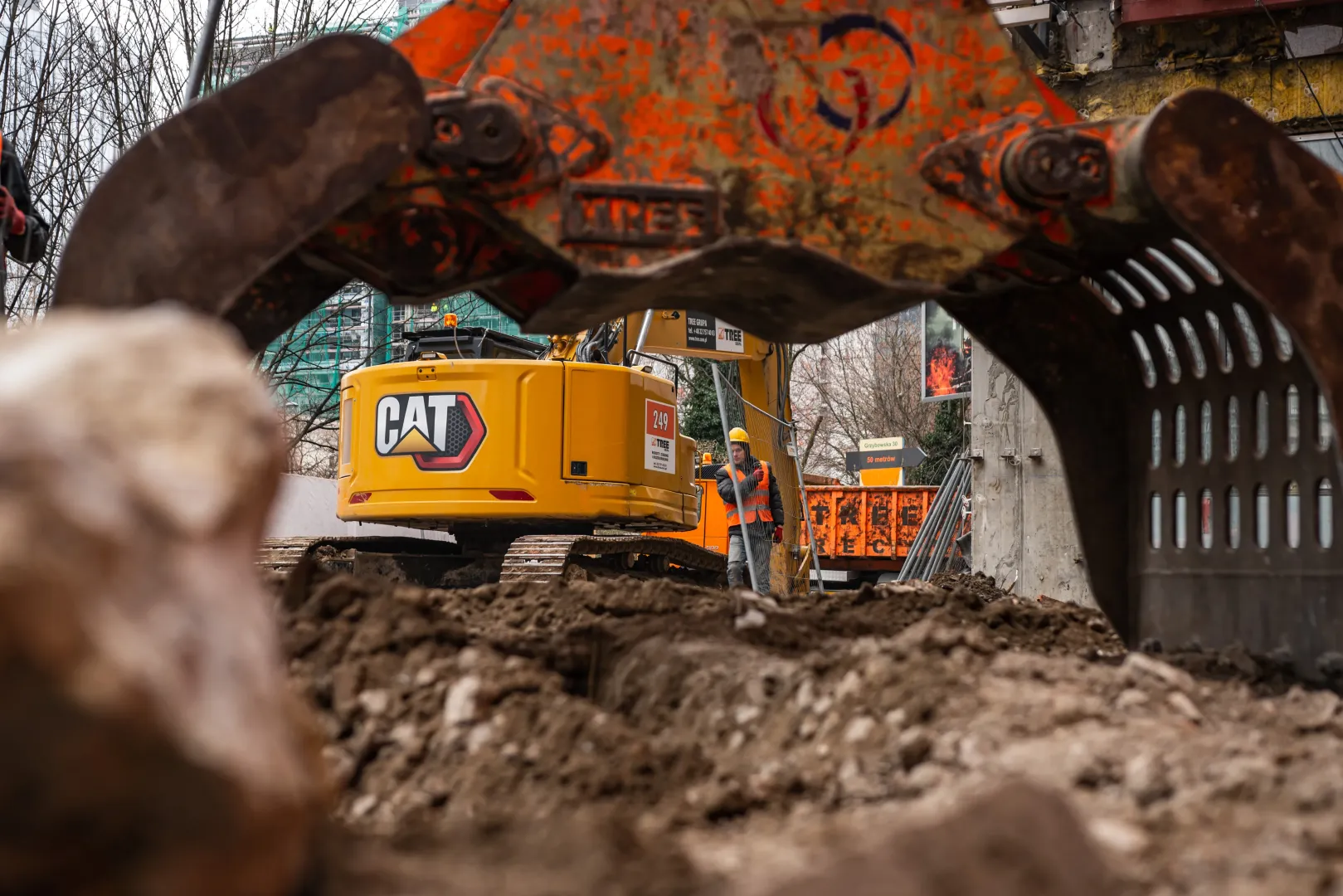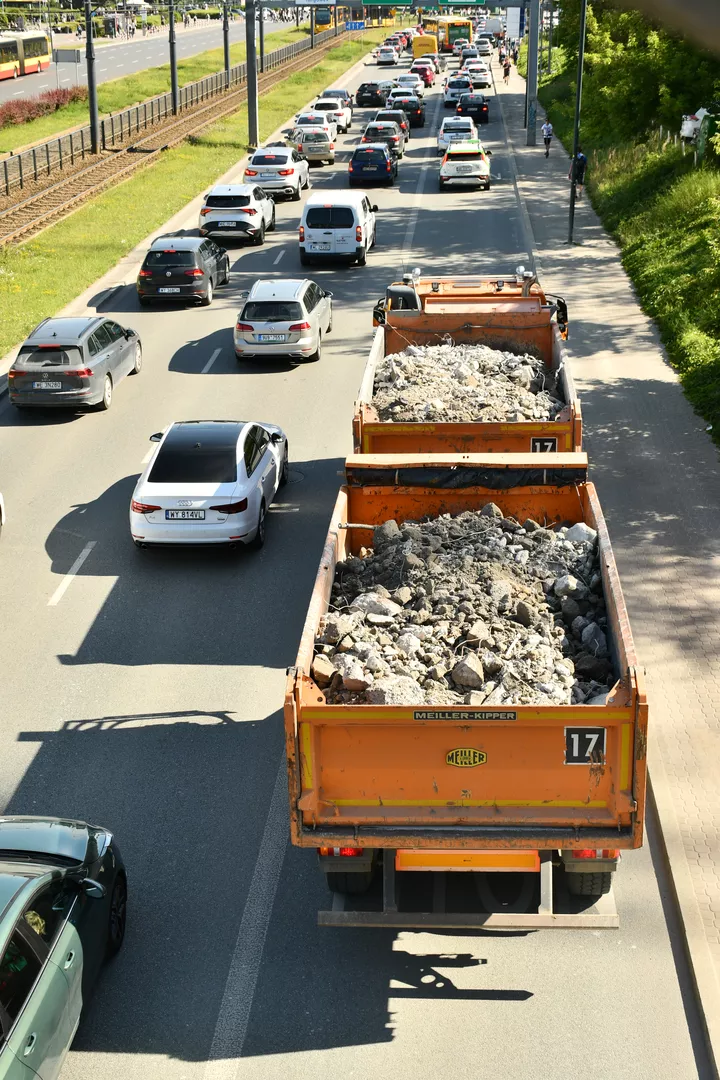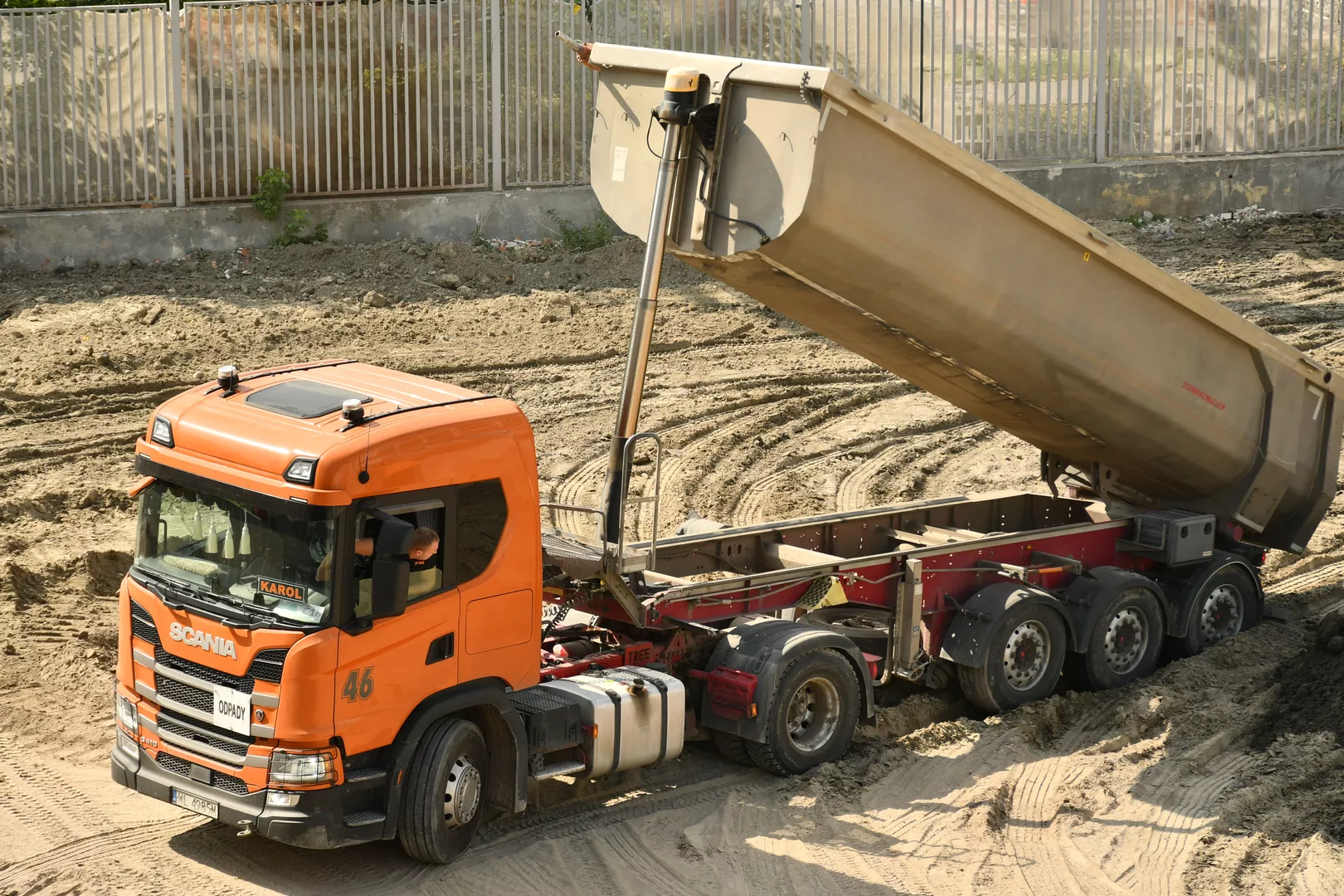
Construction Materials Recycling - Comprehensive Guide for Professionals
A comprehensive guide to best practices in construction materials recycling. Learn about the process from on-site segregation, through processing, to application in new projects. Discover how to maximize the value of recovered materials and minimize
Construction Materials Recycling - Comprehensive Guide
Introduction
Construction materials recycling is a key element of the modern approach to construction, bringing both economic and environmental benefits. In times of growing sustainability requirements and circular economy principles, the ability to efficiently manage construction waste is becoming an essential competency for every company in the industry.
Construction Materials Suitable for Recycling
Concrete and Brick Rubble
- Recycling potential: 80-85%
- Applications: aggregate for road subgrade, filling material, new concrete products
- Environmental benefits: reduction of CO2 emissions by approximately 65 kg per ton of recycled concrete
Reinforcing and Structural Steel
- Recycling potential: 90-95%
- Applications: new steel production, new structural elements, fencing
- Environmental benefits: 95% energy savings compared to production from raw materials
Construction Wood
- Recycling potential: up to 70%
- Applications: particleboard production, biomass for energy production, compost
- Environmental benefits: prevents emission of 1.5 tons of CO2 per ton of recovered wood
Brick and Ceramics
- Recycling potential: up to 75%
- Applications: decorative elements, drainage aggregate, fillers
- Environmental benefits: energy savings equivalent to 12 liters of fuel per ton
Asphalt
- Recycling potential: up to 90%
- Applications: production of new asphalt surfaces
- Environmental benefits: reduction in natural resource consumption, less air pollution
Construction Materials Recycling Process
Selective Demolition (Deconstruction) The most effective method in terms of material recovery. It involves systematically dismantling the building layer by layer, in the reverse order of construction. Materials are segregated directly at the construction site. This process allows for recovery of about 80-90% of materials in a condition enabling their reuse.
Initial Segregation at the Construction Site Materials are divided into main categories:
- Concrete and brick rubble
- Metals
- Wood
- Plastics
- Hazardous materials (requiring special treatment)
Transport to Recycling Center Segregated materials are transported to a specialized processing center equipped with appropriate machinery and equipment.
Detailed Segregation by Material Type At the recycling center, materials undergo additional segregation to separate individual fractions and remove contamination.
Crushing and Processing
- Concrete and rubble: crushing, screening, and cleaning
- Metals: cutting, pressing, preparation for remelting
- Wood: grinding, shredding, cleaning
Quality Control All processed materials undergo rigorous quality control to ensure they meet required norms and standards.
Certification of Final Products Materials receive appropriate certifications, enabling their legal use in new construction projects.
Distribution for Reuse Processed materials are reintroduced to the market as full-value construction products.
Benefits of Construction Materials Recycling
Economic Benefits:
- Reduced waste disposal costs - on average by 30-50%
- Possibility to sell recovered raw materials - especially metals
- Lower costs of purchasing new materials - when using recycled alternatives
- Tax breaks and incentives - for projects using recovered materials
Environmental Benefits:
- Reduced CO2 emissions - recycling 1 ton of concrete saves about 700 kg of CO2
- Limited exploitation of natural resources - reduced demand for aggregate extraction
- Reduction in waste sent to landfills - less soil and water pollution
- Energy savings - metal recycling saves up to 95% of energy needed for production from ore
Legal Requirements for Construction Waste Recycling
According to Polish and EU regulations, since 2020, a minimum of 70% of construction and demolition waste must be recycled (excluding natural and hazardous materials). It is necessary to:
- Maintain waste records
- Prepare a waste management plan for larger projects
- Cooperate with certified recycling companies
- Obtain appropriate permits for companies involved in recycling
Best Practices in Construction Materials Recycling
- Planning Recycling at the Design Stage
- Incorporating deconstruction in the design
- Selecting materials that are easy to recycle
- Assessing recycling potential before starting demolition
- Investment in Employee Training
- Selective demolition techniques
- Recognizing materials suitable for recycling
- Safety procedures when working with waste
- Using Modern Technologies
- Mobile crushers at the construction site
- Optical sorting systems
- Advanced material cleaning methods
- Collaboration with Local Partners
- Creating a network with local recycling companies
- Finding buyers for processed materials in the vicinity
- Minimizing transport to reduce carbon footprint
- Documentation and Promotion of Activities
- Detailed reporting on the amount of recovered materials
- Certification in building assessment systems (LEED, BREEAM)
- Informing clients about the benefits of recycling
Do Recycled Materials Meet Quality Standards?
Yes, materials from recycling undergo rigorous testing and certification. Aggregates from recycled concrete and brick meet Polish and European construction standards (including PN-EN 12620) and can be used in many applications.
Depending on the intended use, they must meet specific parameters:
- Strength
- Frost resistance
- Abrasion resistance
- Physical and chemical properties
Case Study: Recycling Materials from Shopping Center Demolition
The project of recycling materials from a 15,000 m² shopping center demolition brought the following results:
- Concrete: 12,000 tons processed into aggregate for road construction and parking lot subgrade
- Steel: 450 tons sold to steelworks, generating 380,000 PLN in revenue
- Wood: 120 tons processed into biomass for energy production
- Savings: Reduced disposal costs by 40% compared to traditional demolition
- Environmental benefits: Reduced CO2 emissions by 8,500 tons
Summary
Construction materials recycling is not only an obligation resulting from regulations but also an opportunity to increase project profitability and improve the company's image as environmentally responsible. By implementing the best practices described in this guide, you can significantly increase the efficiency of recycling processes and maximize their economic and environmental benefits.
Tree Group offers comprehensive construction materials recycling services, using the most modern technologies and years of industry experience. Please contact us to discuss your project needs.
Tags
Share this guide
About the author
mgr inż. Piotr Nowak
Recycling Department Manager at Tree Group
Category
Material Recycling
Reading time
12 minutes
Publication date
March 21, 2025
Similar guides

Concrete Recycling from Demolition - Procedures and Economic Benefits
Concrete recycling from demolition is an ecological and economical way to reuse materials. Learn step-by-step procedures...

Recycling reinforcing steel from demolished buildings in Warsaw
Practical guide to reinforcing steel recovery from building demolition. Learn separation technologies, legal requirement...